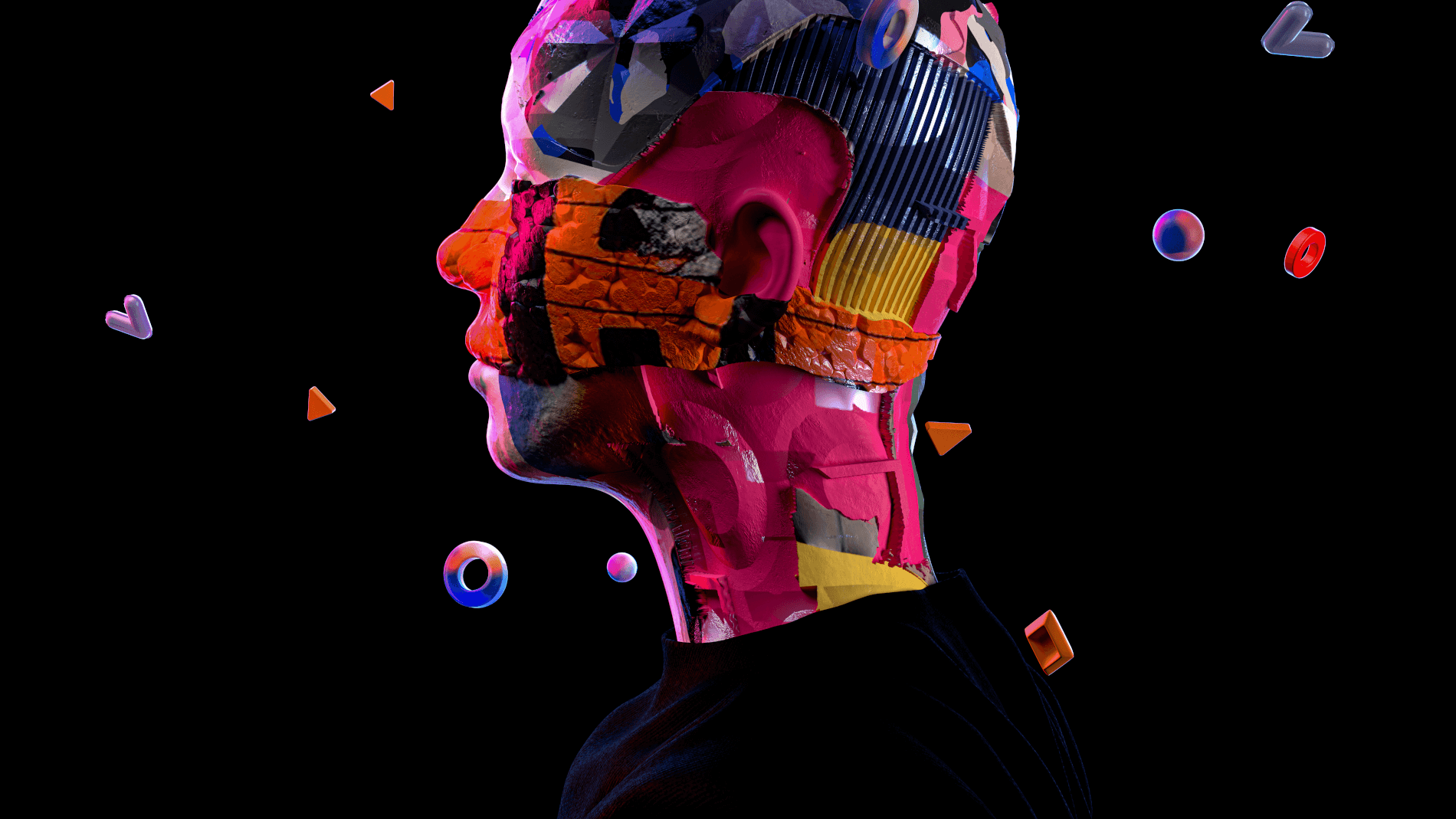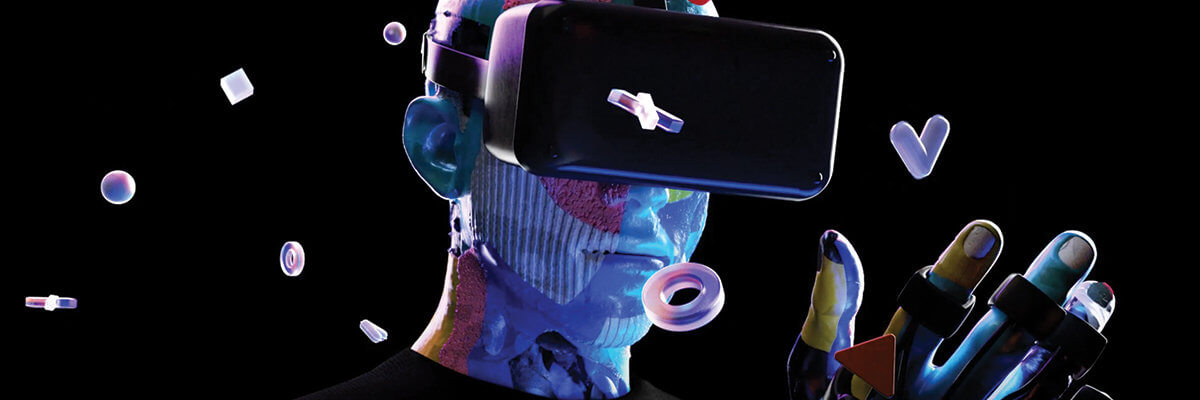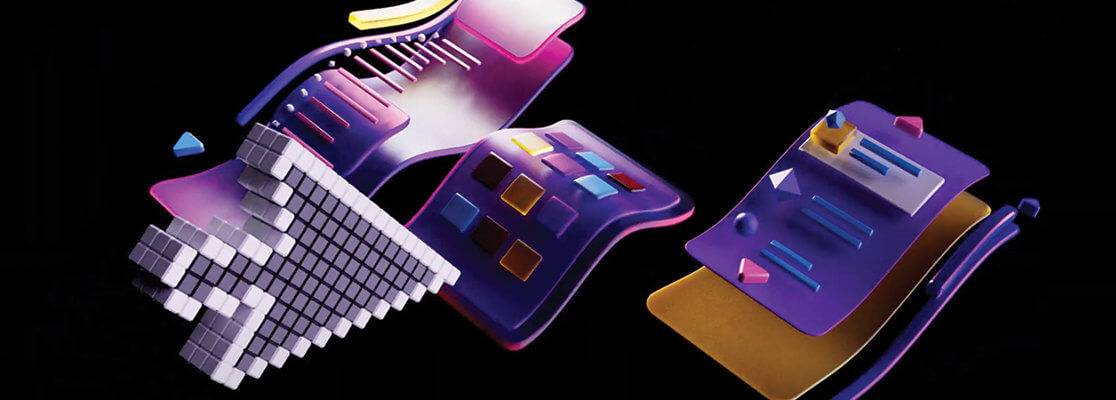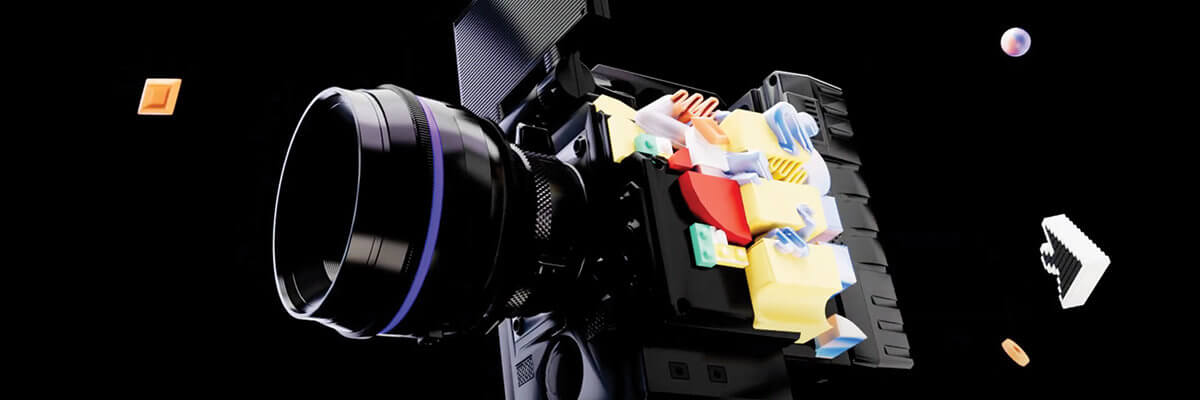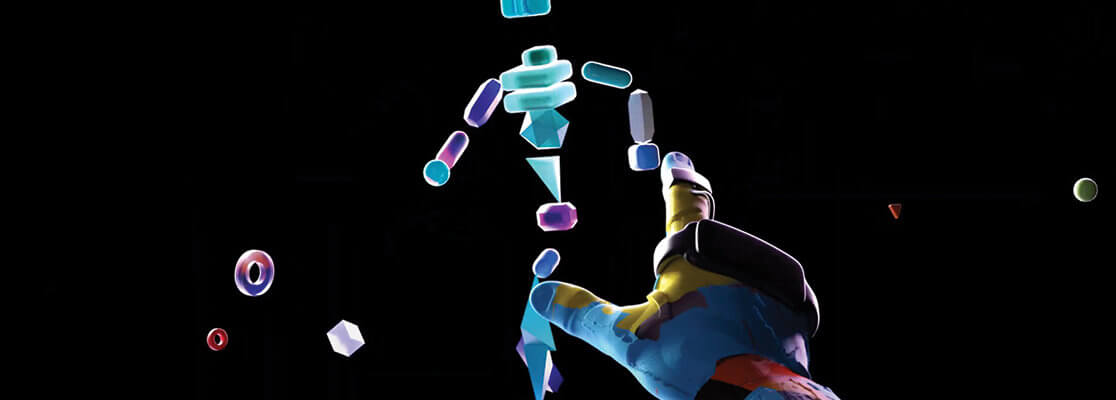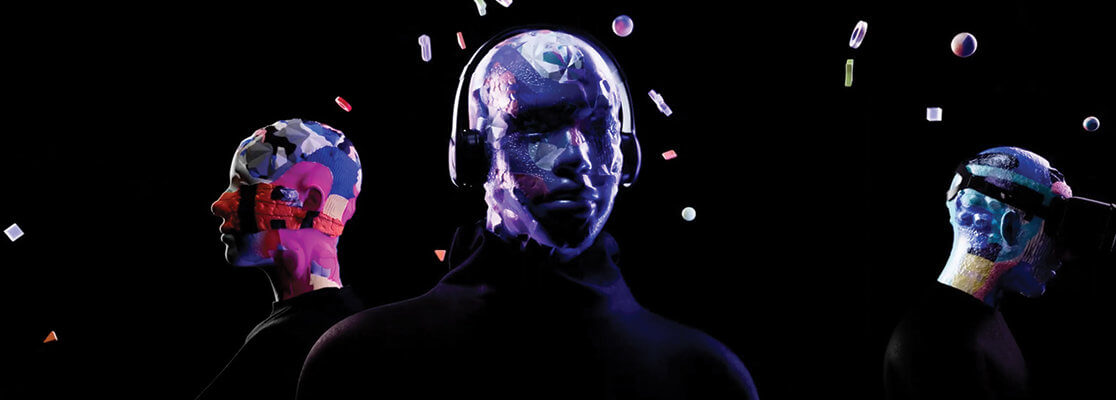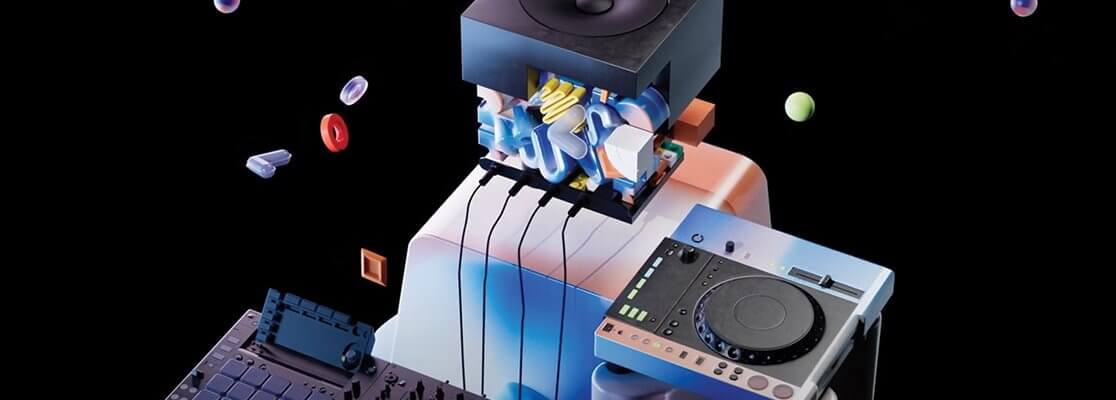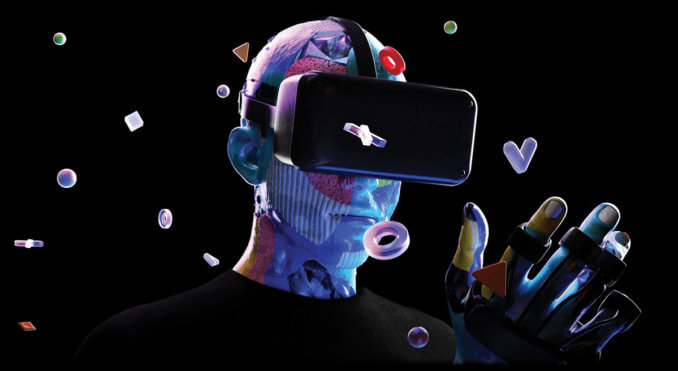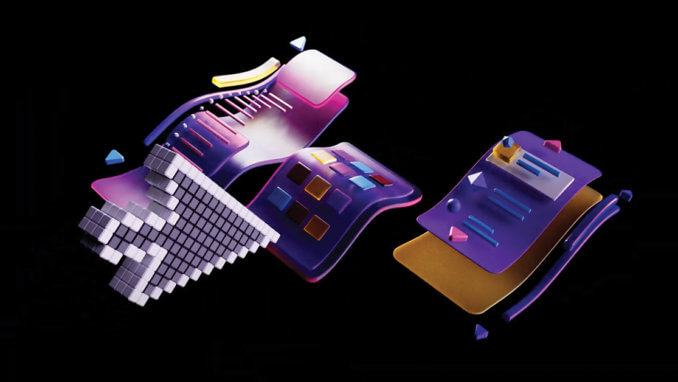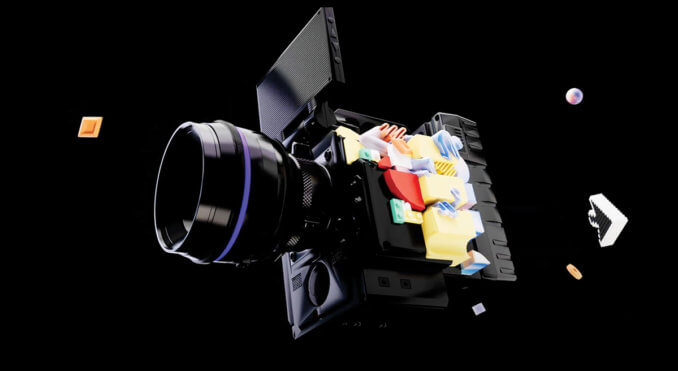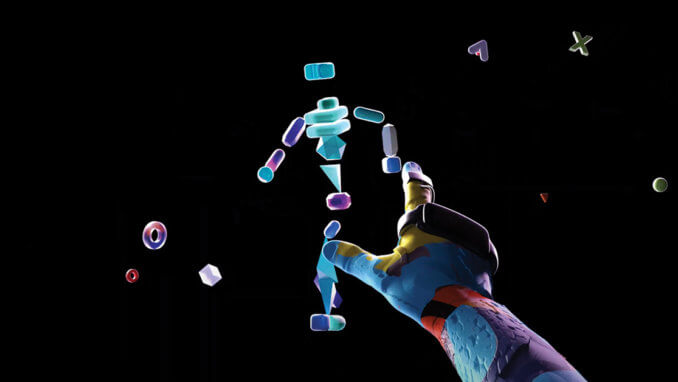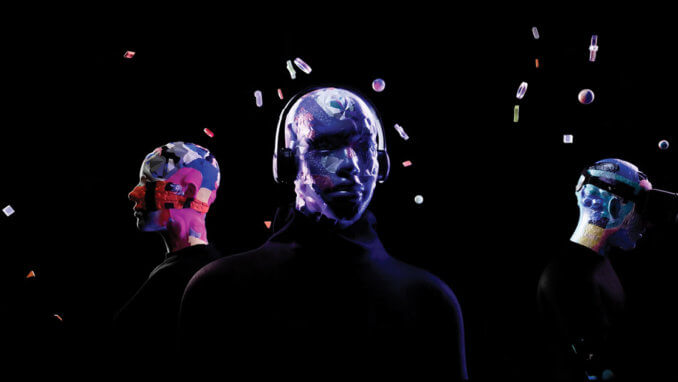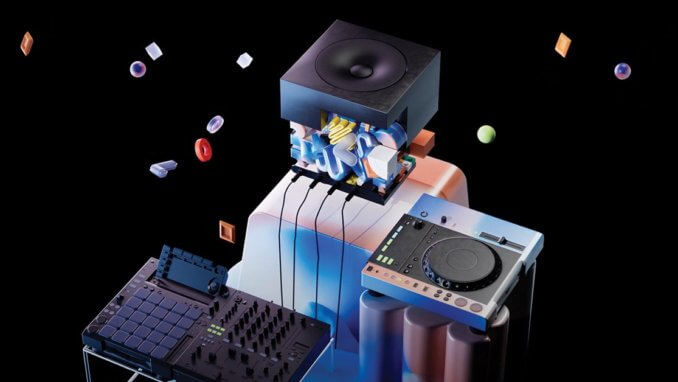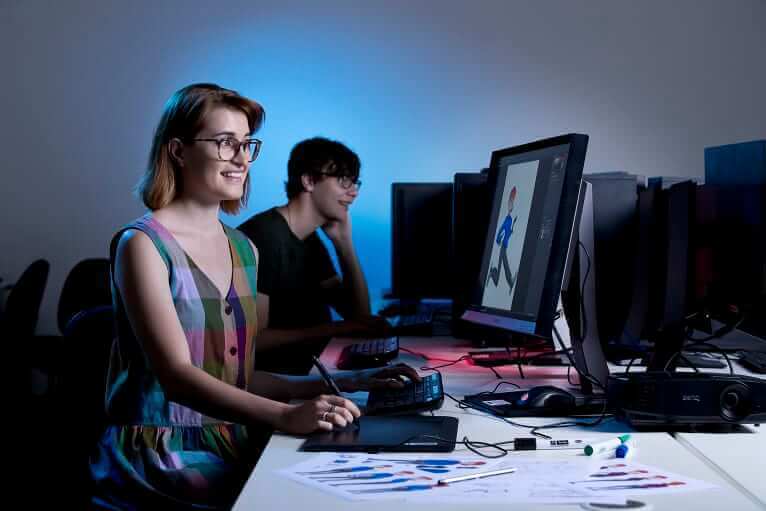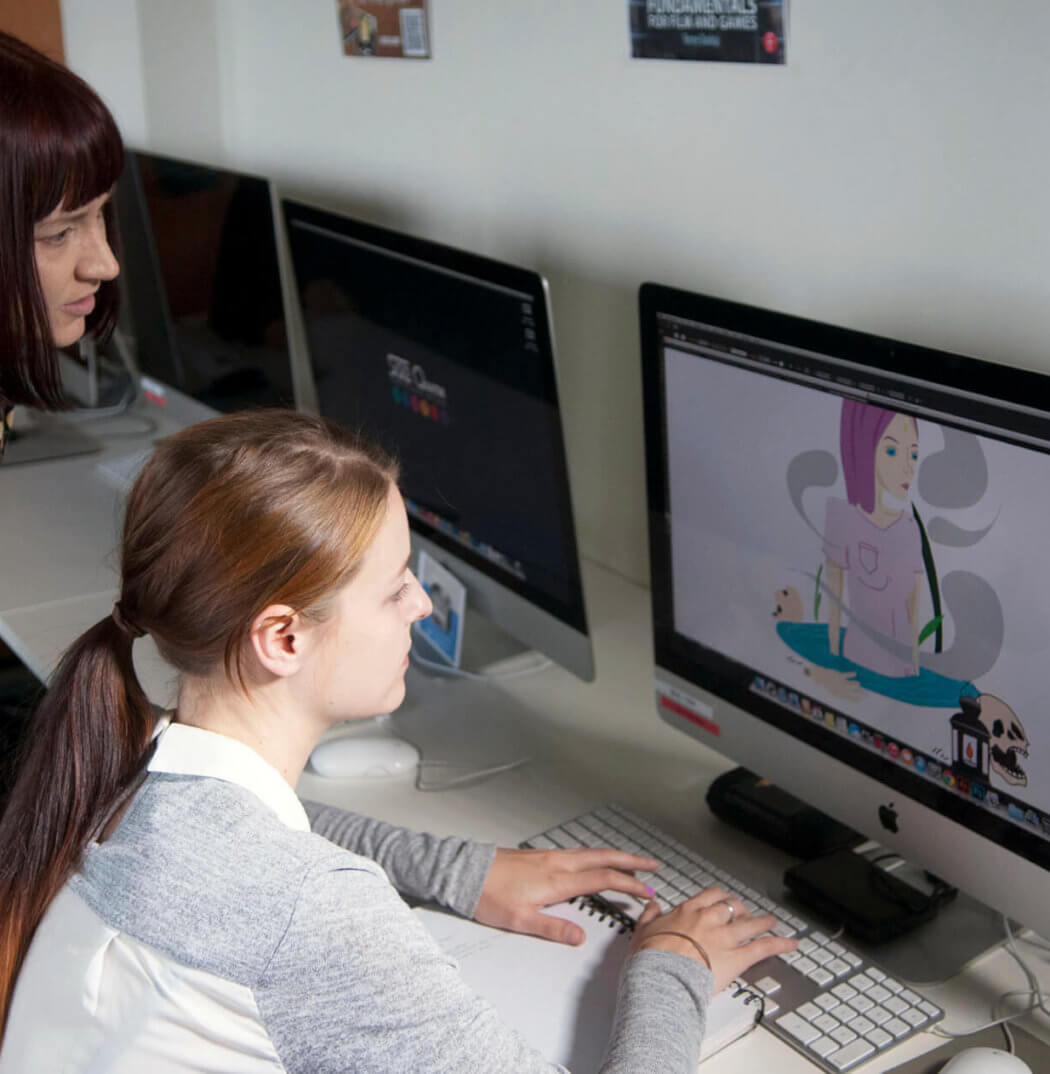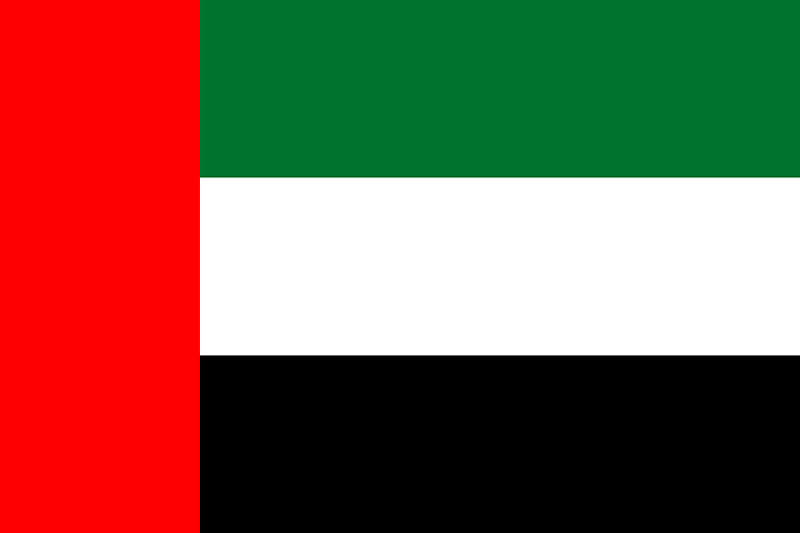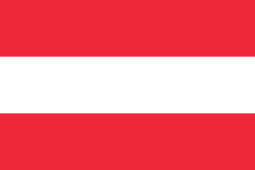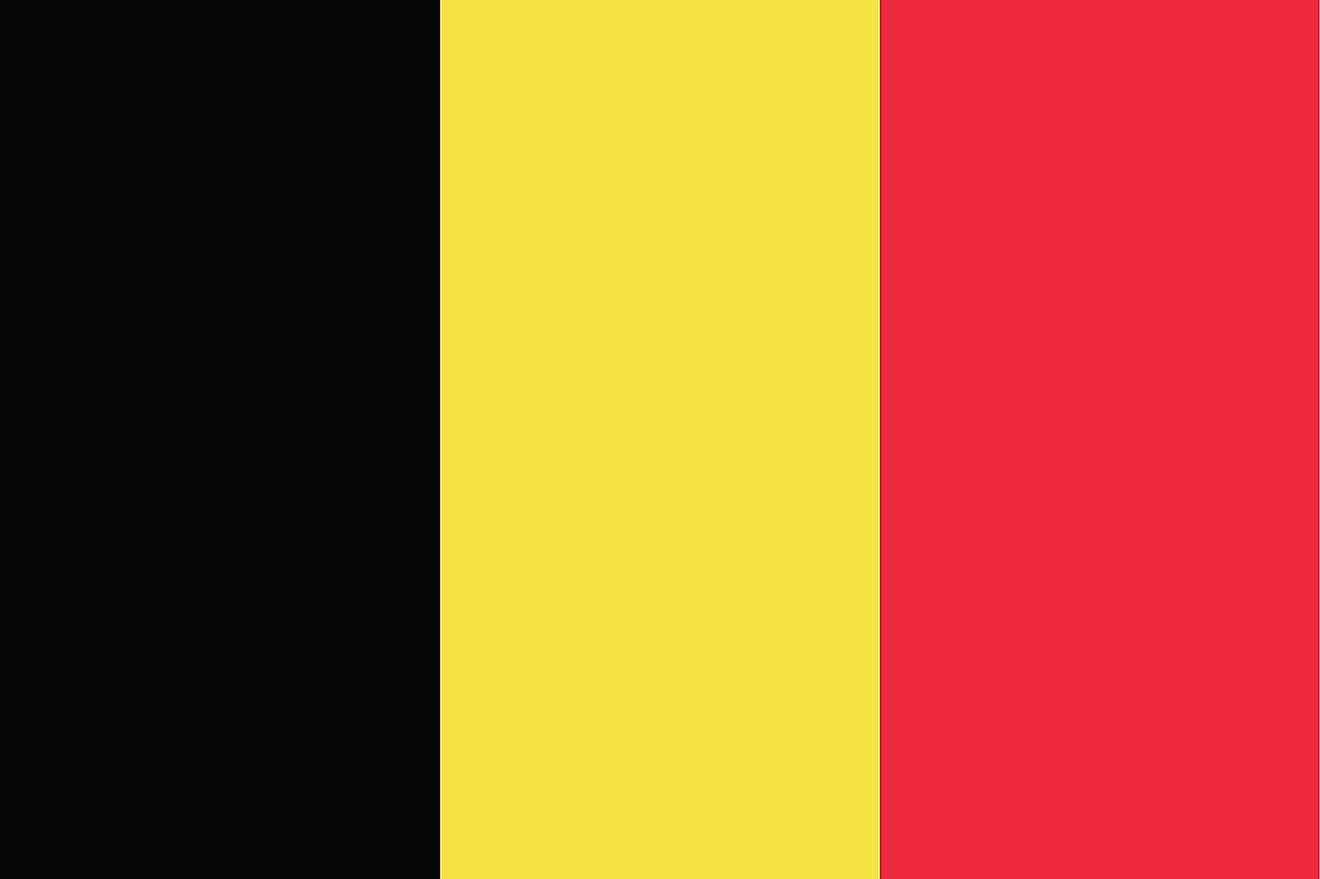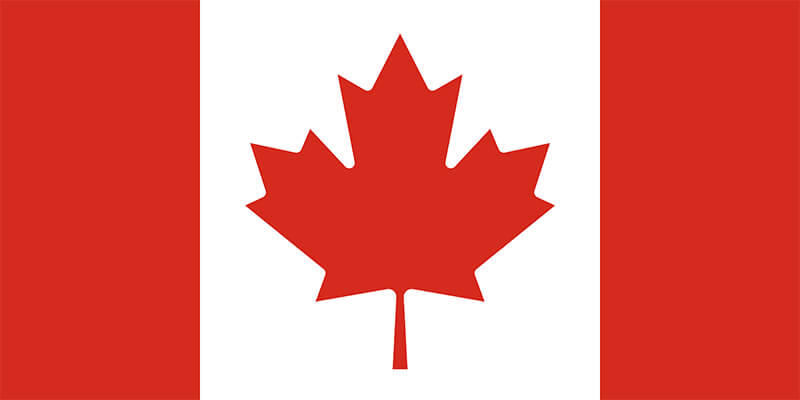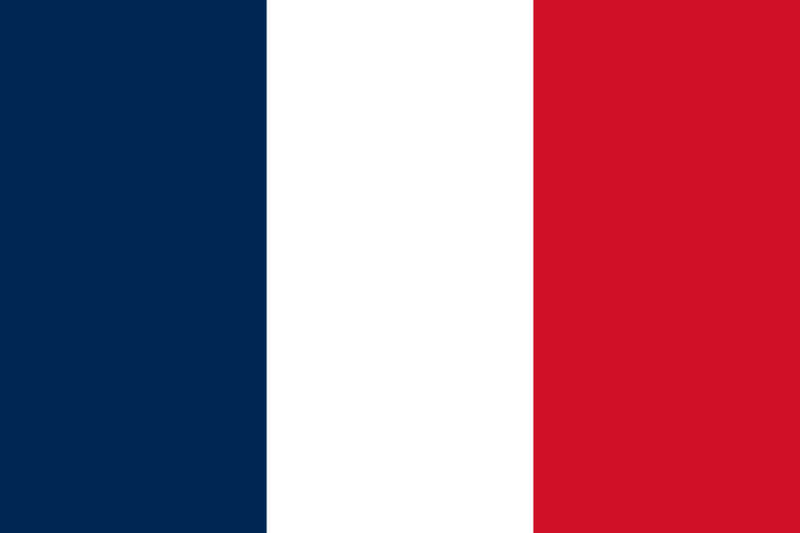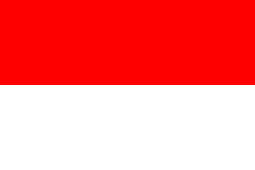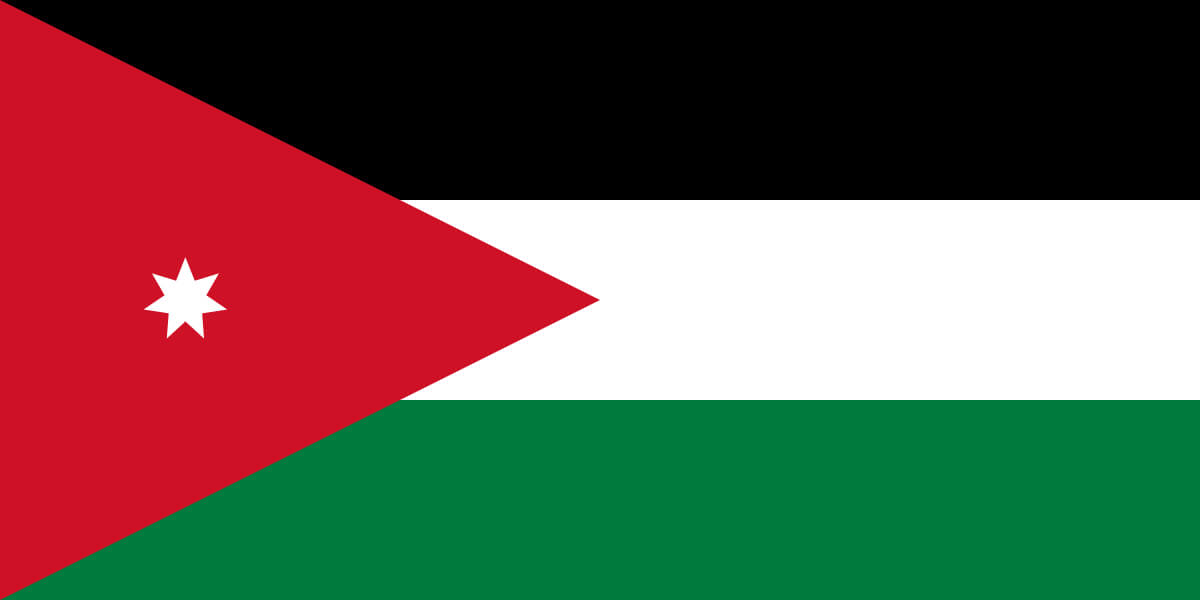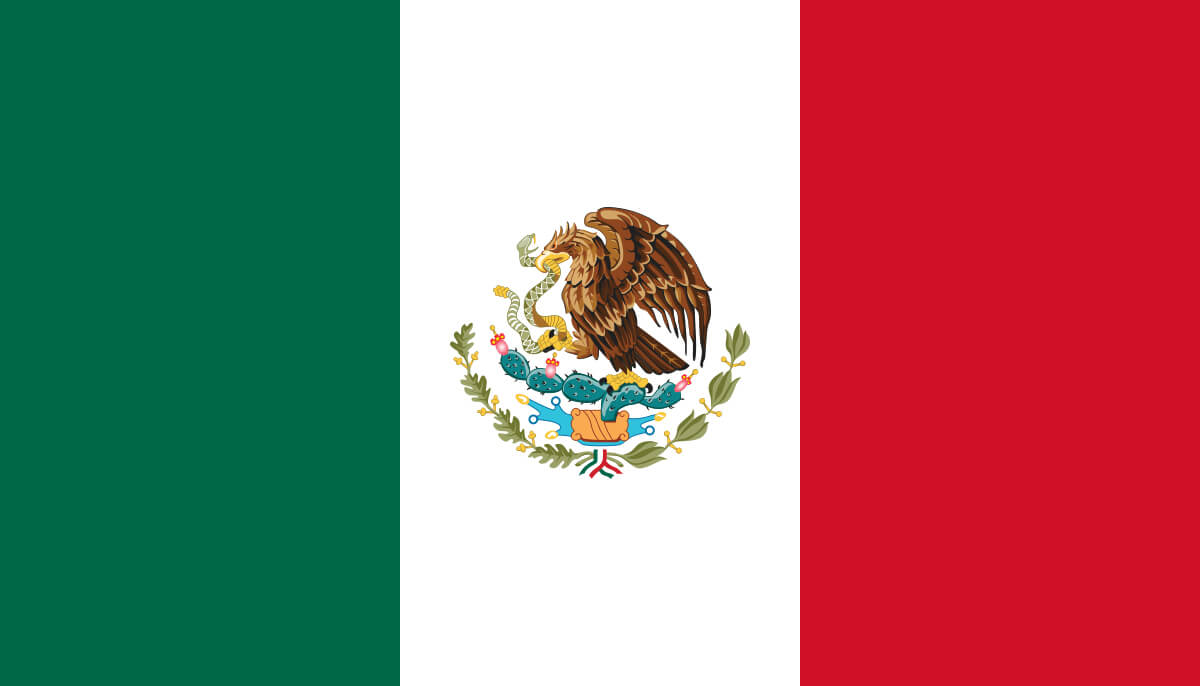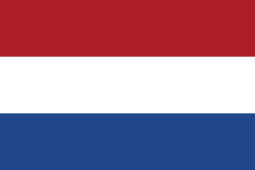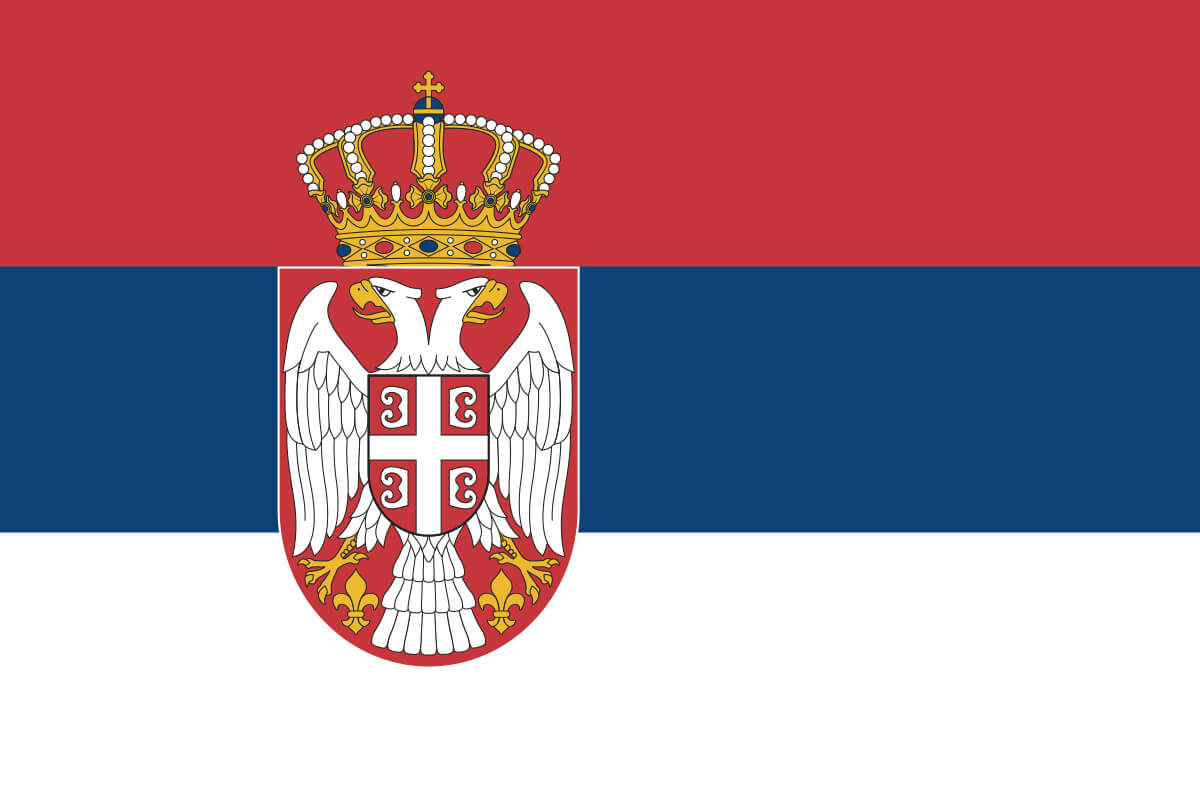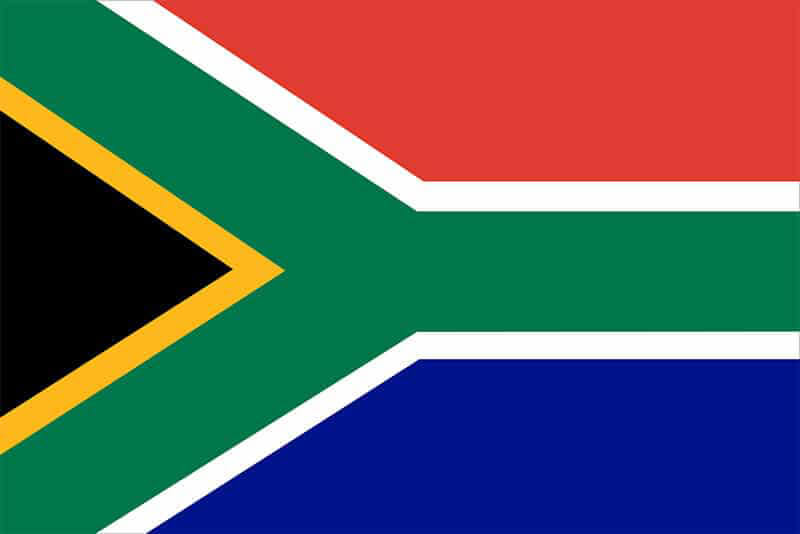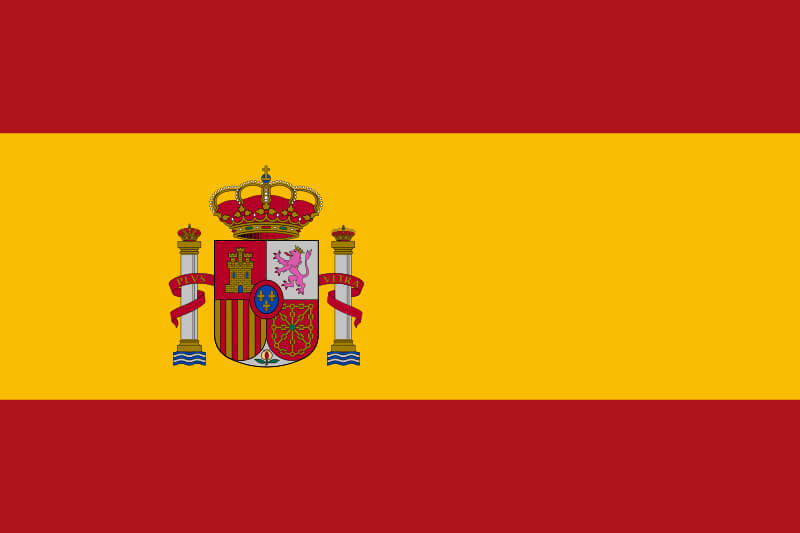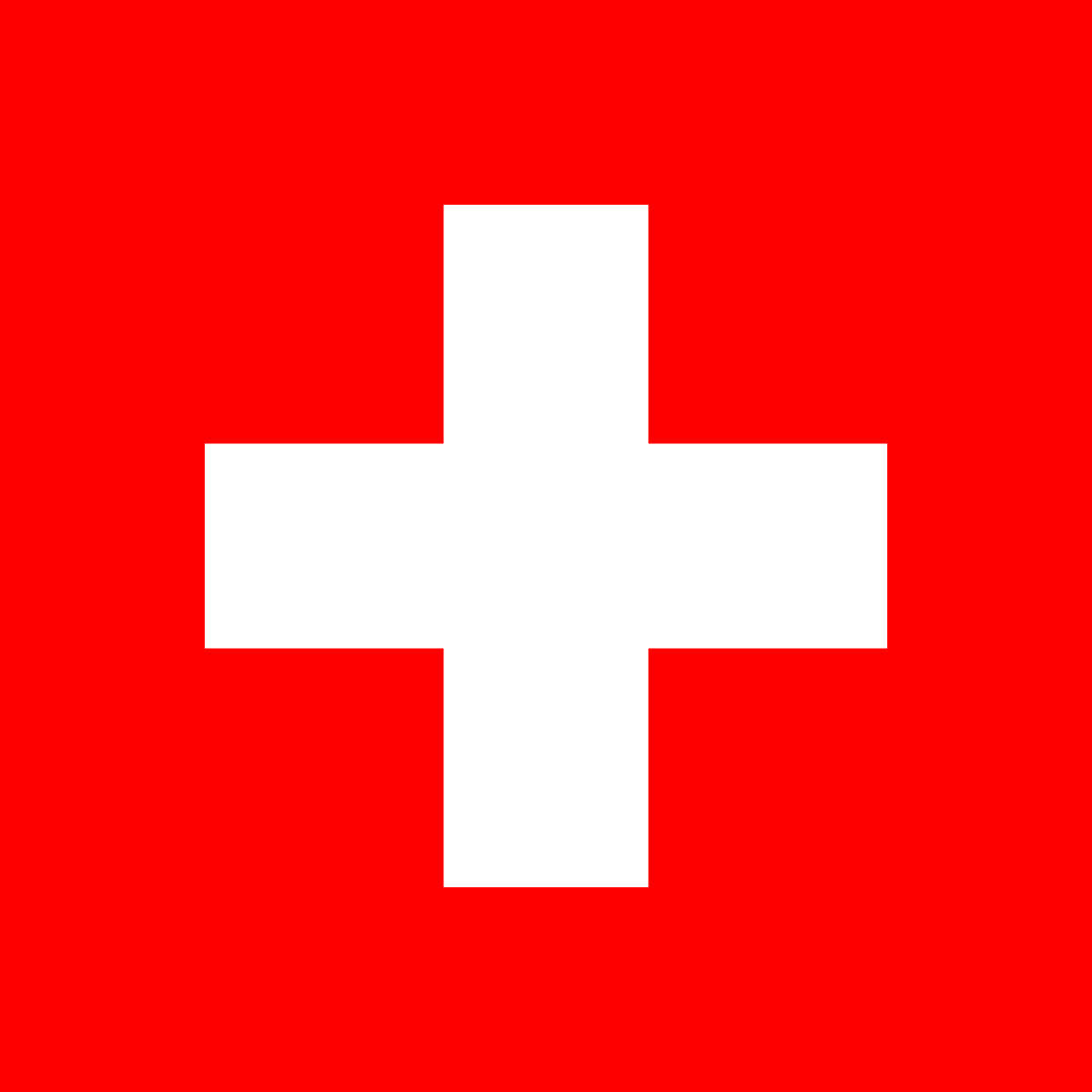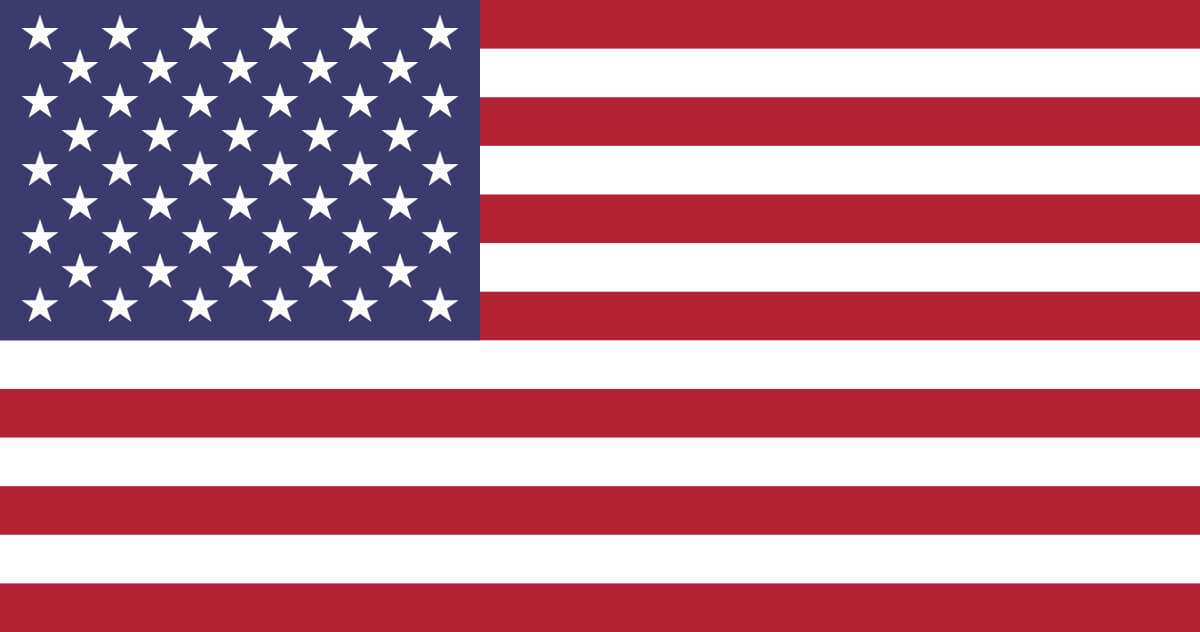Bachelor of Design & Visual Communication
THE PATH TO YOUR DREAM DESIGN JOB IS LAID OUT RIGHT HERE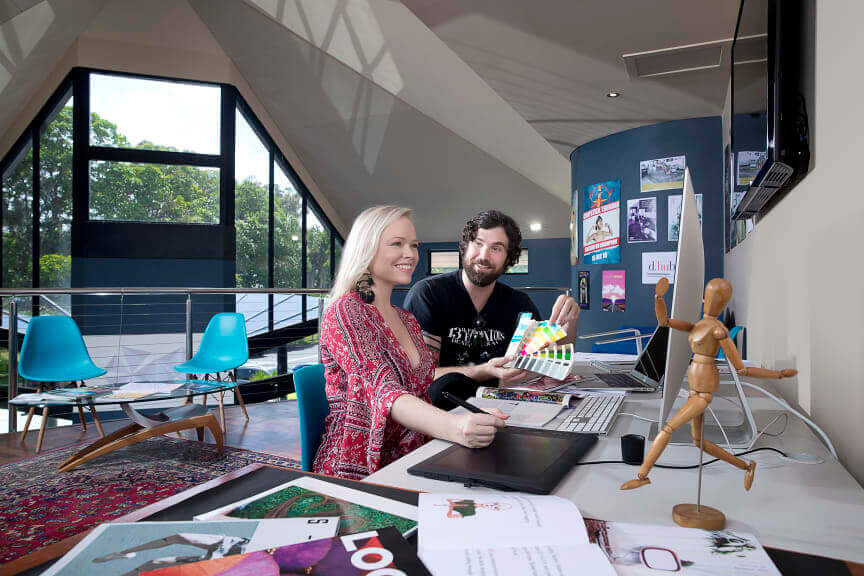
Available at
Dubai,
Online
Fees
Bachelor of Design & Visual Communication
Domestic Fees
- Plan A – Yearly Payment – AED 57,960
- Plan B – Trimester Payment – AED 21,090 (3 Payments Per Year)
- Plan C – Monthly Payment – AED 7,490 (9 Payments per Year)
Bachelor of Design & Visual Communication
International Fees
- Plan A – Yearly Payment – AED 57,960
- Plan B – Trimester Payment – AED 21,090 (3 Payments Per Year)
- Plan C – Monthly Payment – AED 7,490 (9 Payments per Year)
Duration(s)
8 Trimesters Full Time
Complete the program across 3 years (8 trimesters)
Bachelor of Design & Visual Communication
Course Durations
8 Trimesters Full Time
Complete the program across 3 years (8 trimesters)
We understand that things can change, so you'll have the flexibility to change your study load throughout your course if you need to.
Start Date(s)
Dubai
2024 – September, Dubai
Online
2024 – September, Dubai
Bachelor of Design & Visual Communication
Start Dates
Dubai
2024 – September, Dubai
Online
2024 – September, Dubai
Entry Requirements
Bachelor of Design & Visual Communication
Domestic Entry Requirements
Domestic Entry Requirements
Minimum age requirements
Academic requirements
English language requirements
International English Language Testing System (IELTS): A band score of 6 or higher for a Higher Education (HE) course and 5.5 or higher for a VET course (only the Academic Test is accepted), OR
Test of English as a Foreign Language (TOEFL): A score of 550 or higher (paper based test), 60 or higher (internet based test) for a Higher Education (HE) course and a minimum score of 527 (paper based test) or 46 (internet based test) for a VET course, OR
Bachelor of Design & Visual Communication
International Entry Requirements
International Entry Requirements
Minimum age requirements
Academic requirements
English language requirements
International English Language Testing System (IELTS): A band score of 6 or higher for a Higher Education (HE) course and 5.5 or higher for a VET course (only the Academic Test is accepted), OR
Test of English as a Foreign Language (TOEFL): A score of 550 or higher (paper based test), 60 or higher (internet based test) for a Higher Education (HE) course and a minimum score of 527 (paper based test) or 46 (internet based test) for a VET course, OR
YOUR CAREER IN DESIGN BEGINS NOW
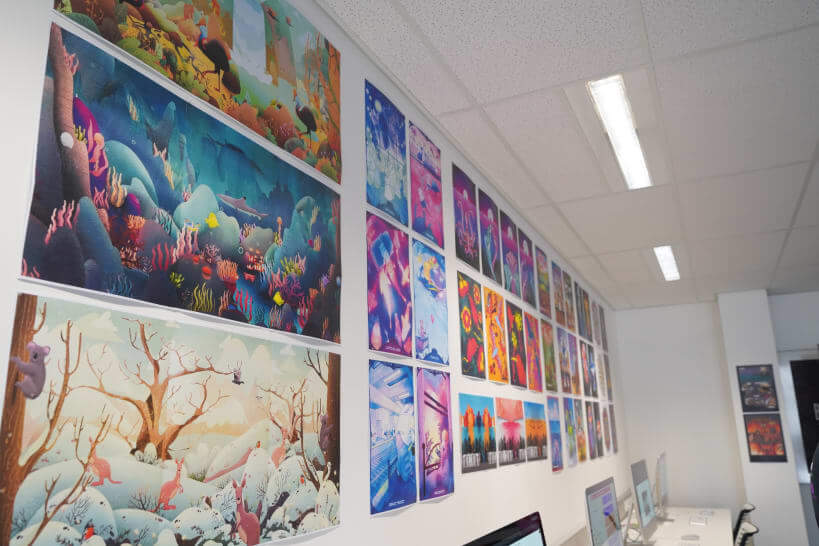
Develop advanced skills in industry-standard software packages
Photoshop, Illustrator, InDesign, Adobe XD and After Effects.
Practical, immersive training
All work is project-based, with no exams.
Cross discipline collaboration
Use your design skills to work across film, audio, music, gaming and animation projects at SAE.
Expand your career
Graduate with a portfolio, work experience, employability and entrepreneurial skills and a network of fellow creatives.
You'll learn the latest industry-standard software
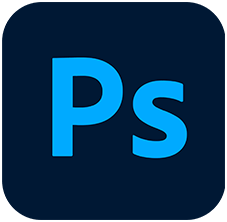
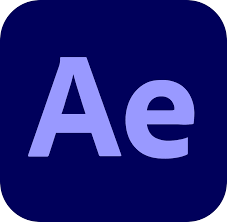
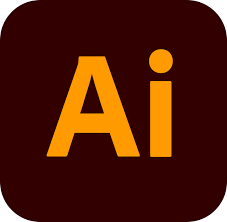
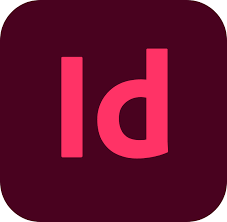

Design & Visual Communication Skills
Branding and identity design
Online and print design
Digital image-making
User-centred design
Course Structure
The Bachelor of Design and Visual Communication is broken up into three distinct stages over eight trimesters (full time, fast track). Each stage is designed to develop different skills.
Stage 1: Foundations
Develop the essential technical design skills and the knowledge required to collaborate with other creative media students and professionals.
Credit Points: 10
In this unit, you will learn about the ideas and concepts of design. You will discover the art of presenting and defending a point of view in a convincing and effective way by referring to valid and trustworthy sources of information. Thinking about and referencing the work of others helps you to develop critical thinking skills. By using tools on the internet and working with others you will expand what you alone can achieve. In your projects, you will delve into the history and language of the design industry in order to develop an understanding of your place and purpose within it.
In this unit, you will learn about the ideas and concepts of design. You will discover the art of presenting and defending a point of view in a convincing and effective way by referring to valid and trustworthy sources of information. Thinking about and referencing the work of others helps you to develop critical thinking skills. By using tools on the internet and working with others you will expand what you alone can achieve. In your projects, you will delve into the history and language of the design industry in order to develop an understanding of your place and purpose within it.
Credit Points: 10
In this unit you will learn about the principles of design through creating vector graphics in the form of motifs, pictorial marks and logos using Adobe Illustrator and other tools. Project briefs and activities in this unit introduce the principles of design; these are visual rules that can be applied in the creation of any image to enhance their impact, attractiveness and ability to communicate. The principles of design are useful and essential to your ongoing design practice
In this unit you will learn about the principles of design through creating vector graphics in the form of motifs, pictorial marks and logos using Adobe Illustrator and other tools. Project briefs and activities in this unit introduce the principles of design; these are visual rules that can be applied in the creation of any image to enhance their impact, attractiveness and ability to communicate. The principles of design are useful and essential to your ongoing design practice
Credit Points: 10
In this unit you will learn about illustration and the creative and technical production of digital images using photoshop and other tools. Working by hand and digitally you will explore a range of drawing techniques and tools including processes of iteration and refinement. You will investigate visual storytelling through the development of a series of images. Storytelling through your creative practice is essential to your ongoing design practice.
In this unit you will learn about illustration and the creative and technical production of digital images using photoshop and other tools. Working by hand and digitally you will explore a range of drawing techniques and tools including processes of iteration and refinement. You will investigate visual storytelling through the development of a series of images. Storytelling through your creative practice is essential to your ongoing design practice.
Credit points: 10
This unit will introduce you to the mindset and skillset of the creative entrepreneur, and transform your approach to problem-solving. You will analyse historical and contemporary models of leadership and best practice in entrepreneurship, and use tools for project design that include ideation, problem framing, and pitching. The skills in this unit will assist you in developing your creative thinking, exploration, and experimentation methods, allowing you to experiment with project design and content for creative media.
This unit will introduce you to the mindset and skillset of the creative entrepreneur, and transform your approach to problem-solving. You will analyse historical and contemporary models of leadership and best practice in entrepreneurship, and use tools for project design that include ideation, problem framing, and pitching. The skills in this unit will assist you in developing your creative thinking, exploration, and experimentation methods, allowing you to experiment with project design and content for creative media.
Credit Points: 10
In this unit you will learn about designing page layouts for print through the combination of images and type. Your work will include the design of posters, brochures and flyers. You will investigate historical design styles; analysing, adapting and applying these styles in your work. You will explore the typographic art of arranging letters and words to make copy easy to read, visually appealing, and stylistically appropriate. Knowing how to use typography and layout effectively is essential to your ongoing design practice.
In this unit you will learn about designing page layouts for print through the combination of images and type. Your work will include the design of posters, brochures and flyers. You will investigate historical design styles; analysing, adapting and applying these styles in your work. You will explore the typographic art of arranging letters and words to make copy easy to read, visually appealing, and stylistically appropriate. Knowing how to use typography and layout effectively is essential to your ongoing design practice.
Credit Points: 10
In this module you will learn to understand the user or target audience as part of your design process, through an exploration of UX (user experience) and UI (user interface) design. By applying the tools of UX design such as personas and user journeys and those of UI design such as prototyping, iterating and testing you will explore the creation of websites or apps that provide an ideal user experience.
In this module you will learn to understand the user or target audience as part of your design process, through an exploration of UX (user experience) and UI (user interface) design. By applying the tools of UX design such as personas and user journeys and those of UI design such as prototyping, iterating and testing you will explore the creation of websites or apps that provide an ideal user experience.
Stage 2: Refine & Expand
Broaden your scope to work on complex multidisciplinary projects in accordance with industry standard practices.
Credit Points: 10
In CIM210 you will be working on interdisciplinary projects that relate to some of the most important concepts in contemporary media production. You will learn practical and analytical skills in order to help you develop your creative powers and meet briefs that take you out of your comfort zone. You will need to bring all of the skills you have learned so far: technical skills, research skills, communication skills and a growth mindset, and be prepared to encounter new concepts and new ways of working.
In CIM210 you will be working on interdisciplinary projects that relate to some of the most important concepts in contemporary media production. You will learn practical and analytical skills in order to help you develop your creative powers and meet briefs that take you out of your comfort zone. You will need to bring all of the skills you have learned so far: technical skills, research skills, communication skills and a growth mindset, and be prepared to encounter new concepts and new ways of working.
Credit Points: 20
This unit will simulate being in a real-world studio. Your designs will respond to larger project briefs with multiple deliverables, and you will engage in teamwork. This means time management, communication and scheduling will be crucial. You will learn to consider projects strategically in terms of your client’s brand or identity, and how these can be communicated visually and through associated text and structures. You are encouraged to explore and seek out new contemporary methods and tools for design and communication.
In this studio setting your facilitator will act as your project manager, producer, mentor and colleague.
This unit will be holistically assessed based on the criteria outlined in the unit guide. Teamwork, collaborative skills, and engagement with specific feedback processes are emphasised in this unit, as you further refine and reflect on a set of Transferable Skills.
This unit will simulate being in a real-world studio. Your designs will respond to larger project briefs with multiple deliverables, and you will engage in teamwork. This means time management, communication and scheduling will be crucial. You will learn to consider projects strategically in terms of your client’s brand or identity, and how these can be communicated visually and through associated text and structures. You are encouraged to explore and seek out new contemporary methods and tools for design and communication.
In this studio setting your facilitator will act as your project manager, producer, mentor and colleague.
This unit will be holistically assessed based on the criteria outlined in the unit guide. Teamwork, collaborative skills, and engagement with specific feedback processes are emphasised in this unit, as you further refine and reflect on a set of Transferable Skills.
Credit points: 10
Designers use typography on screen and in print, for packaging and signage, in all kinds of communication, advertising and branding. In fact typography is an essential element of contemporary design practice. Using typographic knowledge, skills and principles professionally is one key to success.
This unit focuses on type used in multi-page layouts, in title design and in packaging. You will explore design principles like hierarchy and contrast, compositional techniques and style, as well as the use of elements such as colour, shape and size. You’ll also be introduced to some historical and social ideas.
You will learn how to use professional terminology that will allow you to explain your design choices and the production of design solutions for your audiences and clients.
Projects in this unit include, the design of a magazine and online blog, packaging and branding design. In these projects you will look at both print and digital media.
Designers use typography on screen and in print, for packaging and signage, in all kinds of communication, advertising and branding. In fact typography is an essential element of contemporary design practice. Using typographic knowledge, skills and principles professionally is one key to success.
This unit focuses on type used in multi-page layouts, in title design and in packaging. You will explore design principles like hierarchy and contrast, compositional techniques and style, as well as the use of elements such as colour, shape and size. You’ll also be introduced to some historical and social ideas.
You will learn how to use professional terminology that will allow you to explain your design choices and the production of design solutions for your audiences and clients.
Projects in this unit include, the design of a magazine and online blog, packaging and branding design. In these projects you will look at both print and digital media.
Credit points: 10
This unit focuses on the Design Thinking process. Taking you through a series of steps from problem framing through to prototyping and pitching, you will produce and test design solutions that address rich and interesting social themes.
Projects in this unit include experimentation with images and platforms for science communication. You will look at a new breed of young, diverse science communicators and imagine how as designers we can enhance this kind of work visually and conceptually. You will grapple with truth and representation, audience and ethics in the communication of scientific issues that range from amazing new discoveries in our oceans, through to the history of evolution and climate change.
Another project in this unit applies the design thinking process to the concept, visual assets and pitch for a serious game. Your game will address a topic such as physical and mental health, education or conservation in an attempt to encourage behaviour change.
This unit focuses on the Design Thinking process. Taking you through a series of steps from problem framing through to prototyping and pitching, you will produce and test design solutions that address rich and interesting social themes.
Projects in this unit include experimentation with images and platforms for science communication. You will look at a new breed of young, diverse science communicators and imagine how as designers we can enhance this kind of work visually and conceptually. You will grapple with truth and representation, audience and ethics in the communication of scientific issues that range from amazing new discoveries in our oceans, through to the history of evolution and climate change.
Another project in this unit applies the design thinking process to the concept, visual assets and pitch for a serious game. Your game will address a topic such as physical and mental health, education or conservation in an attempt to encourage behaviour change.
Credit points: 10
This unit builds on your work in DDX171, Fundamentals of Image Making. You will develop your visual literacy and learn more skills in image production, processing and manipulation.
These skills and the ability to talk about your design choices with clients will enhance the impact of your design work. You will experiment with both pixel and vector based images in Adobe Photoshop and Adobe Illustrator, looking at technical aspects of image production as well as the importance of driving concepts.
Projects in this unit will cover basic photography composition as well as image creation, manipulation and processing in the production of a range of works.
This unit builds on your work in DDX171, Fundamentals of Image Making. You will develop your visual literacy and learn more skills in image production, processing and manipulation.
These skills and the ability to talk about your design choices with clients will enhance the impact of your design work. You will experiment with both pixel and vector based images in Adobe Photoshop and Adobe Illustrator, looking at technical aspects of image production as well as the importance of driving concepts.
Projects in this unit will cover basic photography composition as well as image creation, manipulation and processing in the production of a range of works.
Credit points: 10
Working with the needs of other disciplines such as film, audio, music, games and animation you will work on projects about designing film props, title sequences, 2d animations and sonic branding.
Working with the needs of other disciplines such as film, audio, music, games and animation you will work on projects about designing film props, title sequences, 2d animations and sonic branding.
Credit points: 10
Using social media and digital content effectively is crucial for creative media professionals. In this unit you will develop an understanding of what constitutes social media, the activities that it consists of and how creators and audiences connect, collaborate, create, and share content. You will link this understanding with concepts of digital marketing, formulating strategies for social campaigns with a range of content across platforms. These skills will assist you to determine how social media can be utilised in your professional practice
Using social media and digital content effectively is crucial for creative media professionals. In this unit you will develop an understanding of what constitutes social media, the activities that it consists of and how creators and audiences connect, collaborate, create, and share content. You will link this understanding with concepts of digital marketing, formulating strategies for social campaigns with a range of content across platforms. These skills will assist you to determine how social media can be utilised in your professional practice
Credit points: 10
In this unit, you will focus on branding and campaign strategy, working across various mediums to create impactful and engaging design solutions.
In this unit, you will focus on branding and campaign strategy, working across various mediums to create impactful and engaging design solutions.
Credit Points: 10
Media and culture are not simply entertainment, but something that affects the “real world”, our everyday lives, and our worldviews. As such, we will not ask whether media accurately reflect the real world but instead ask how media shape, reinforce, and challenge power structures that influence our understanding of the world and ourselves. This unit takes a ‘critical theory’ approach to analyze media and culture. In this unit, you will explore media texts, contexts and meaning, society and subjectivity, pop culture aesthetics, and critical cultural discourses that inform creative media practices.
Drawing on a range of creative content and analytical frameworks, you will be encouraged to develop ways of thinking about media and culture that demonstrate a broad awareness of aesthetic principles and stylistic trends; subjectivity, agency, ethics, and relations of power; contexts, disciplines and discursive formations. In support of this exploration, you will produce a range of media artifacts that explore and contextualize the relationship of media to culture through individual analysis, collaborative and interdisciplinary creative practice, and critical reflection.
Media and culture are not simply entertainment, but something that affects the “real world”, our everyday lives, and our worldviews. As such, we will not ask whether media accurately reflect the real world but instead ask how media shape, reinforce, and challenge power structures that influence our understanding of the world and ourselves. This unit takes a ‘critical theory’ approach to analyze media and culture. In this unit, you will explore media texts, contexts and meaning, society and subjectivity, pop culture aesthetics, and critical cultural discourses that inform creative media practices.
Drawing on a range of creative content and analytical frameworks, you will be encouraged to develop ways of thinking about media and culture that demonstrate a broad awareness of aesthetic principles and stylistic trends; subjectivity, agency, ethics, and relations of power; contexts, disciplines and discursive formations. In support of this exploration, you will produce a range of media artifacts that explore and contextualize the relationship of media to culture through individual analysis, collaborative and interdisciplinary creative practice, and critical reflection.
Credit points: 10
The Creative Futures unti explores knowledge and practice in the creative industries relative to our changing social, cultural and professional lives.
You will learn about contemporary Indigenous perspectives along with the concept of placemaking using “Soundtrails” an audio driven place based storytelling app. You will explore how creative media can be used to connect audiences to place through visual and aural storytelling.
The Creative Futures unti explores knowledge and practice in the creative industries relative to our changing social, cultural and professional lives.
You will learn about contemporary Indigenous perspectives along with the concept of placemaking using “Soundtrails” an audio driven place based storytelling app. You will explore how creative media can be used to connect audiences to place through visual and aural storytelling.
Credit points: 10
In this unit, students will engage with real clients and learn about the design and business processes needed for a successful professional design practice. Under the guidance of your lecturers you will create your own brand and the supporting documentation you need to run a freelance design business. You will receive guidance on the work you are completing for your clients.
In this unit, students will engage with real clients and learn about the design and business processes needed for a successful professional design practice. Under the guidance of your lecturers you will create your own brand and the supporting documentation you need to run a freelance design business. You will receive guidance on the work you are completing for your clients.
Stage 3: Showcase
Execute a project of your own design which is of high quality and externally published, with the knowledge to commercialise if you choose. You'll also apply your skills through industry work placement.
Credit Points: 10
Major Project Development forms the first component of your Capstone Project. In this unit you will work to conceptualise, plan, design and iterate the development, pre-production and early production stages of a full scale creative project. This will be assessed by two projects: a research component and a production planning component. Together, both of these documents will inform the basis for your CIM330 project, and will identify key moments of production, testing and operative cycles designed to help make your creative project a success.
Your class facilitator will work with you to control and guide the scope of your project. This process ensures that by the end of CIM330 Major Project Production you will have a portfolio piece that represents the sum total of your skills and experience, delivered on time and to specification.
As stage 3 students, it is expected that you are at a level where you can synthesise your reflective practice with your discipline and research work. Therefore, there is no CLO1 or learning journal for this unit. Instead you will deliver appendices to projects 1 and 2, which contain examples of your practice that demonstrate the research and planning that you have undertaken.
This does not mean you do not record your pre-class work or maintain a learning journal for your own purposes - rather it is assumed you are using the pre-class and in class activities as tools to enrich your project development and are applying the various lenses and concepts.
Major Project Development forms the first component of your Capstone Project. In this unit you will work to conceptualise, plan, design and iterate the development, pre-production and early production stages of a full scale creative project. This will be assessed by two projects: a research component and a production planning component. Together, both of these documents will inform the basis for your CIM330 project, and will identify key moments of production, testing and operative cycles designed to help make your creative project a success.
Your class facilitator will work with you to control and guide the scope of your project. This process ensures that by the end of CIM330 Major Project Production you will have a portfolio piece that represents the sum total of your skills and experience, delivered on time and to specification.
As stage 3 students, it is expected that you are at a level where you can synthesise your reflective practice with your discipline and research work. Therefore, there is no CLO1 or learning journal for this unit. Instead you will deliver appendices to projects 1 and 2, which contain examples of your practice that demonstrate the research and planning that you have undertaken.
This does not mean you do not record your pre-class work or maintain a learning journal for your own purposes - rather it is assumed you are using the pre-class and in class activities as tools to enrich your project development and are applying the various lenses and concepts.
Credit Points: 10
Future jobs will require workers to learn on the job; focus on relationships with people; have strong communication skills; use a range of transferable skills. Research consistently points to the benefits of students being prepared with documents that are required for job applications, such as a Resume, Cover Letter, and E-portfolio.
In addition, the value of a Work Placement which provides you with professional experience and an opportunity to use skills and knowledge gained from study to complement this.
The Work Placement for SAE Bachelor students requires a minimum of 80 hours at one or more host organisation. Both the student and the host are required to complete an SAE Agreement which formalises the placement.
Future jobs will require workers to learn on the job; focus on relationships with people; have strong communication skills; use a range of transferable skills. Research consistently points to the benefits of students being prepared with documents that are required for job applications, such as a Resume, Cover Letter, and E-portfolio.
In addition, the value of a Work Placement which provides you with professional experience and an opportunity to use skills and knowledge gained from study to complement this.
The Work Placement for SAE Bachelor students requires a minimum of 80 hours at one or more host organisation. Both the student and the host are required to complete an SAE Agreement which formalises the placement.
Credit Points: 10
Developing your personal and professional practice is an essential part of the creative media practitioner’s skill set. Identifying knowledge areas and skill sets you may need to improve upon for your personal and professional development, then developing an action plan for improvement, are learned skills that a creative practitioner can leverage to continually build upon their goals.
In this unit, through a study of goal setting, SMART goals, and PIMRI improvement processes, you will plan and implement a personal project to develop skill or knowledge in an area of choice for improvement under the tutelage of a mentor. Student and facilitator feedback sessions will help you finesse your project, and exemplars of great goal setting from industry professionals will be used to guide your exploration. Through the completion of this unit, you will develop a practice that can aid you in your personal and professional life.
Developing your personal and professional practice is an essential part of the creative media practitioner’s skill set. Identifying knowledge areas and skill sets you may need to improve upon for your personal and professional development, then developing an action plan for improvement, are learned skills that a creative practitioner can leverage to continually build upon their goals.
In this unit, through a study of goal setting, SMART goals, and PIMRI improvement processes, you will plan and implement a personal project to develop skill or knowledge in an area of choice for improvement under the tutelage of a mentor. Student and facilitator feedback sessions will help you finesse your project, and exemplars of great goal setting from industry professionals will be used to guide your exploration. Through the completion of this unit, you will develop a practice that can aid you in your personal and professional life.
Credit Points: 20
Using the project plan and pre-production work that you completed in the Major Project Development Unit, you'll adopt a quality framework that will lead to the publication of a final creative piece.
This quality process will be accountable to multiple, external stakeholders and will test your ability to problem solve, evaluate and synthesise information to the standard that we expect from all SAE graduates. Throughout this journey, you will interact with your classmates and other key stakeholders using the processes and systems and that you would have developed throughout your course.
The publication and subsequent success of the final deliverable will represent the broadening and deepening of your professional practice which has occurred during your journey.
Using the project plan and pre-production work that you completed in the Major Project Development Unit, you'll adopt a quality framework that will lead to the publication of a final creative piece.
This quality process will be accountable to multiple, external stakeholders and will test your ability to problem solve, evaluate and synthesise information to the standard that we expect from all SAE graduates. Throughout this journey, you will interact with your classmates and other key stakeholders using the processes and systems and that you would have developed throughout your course.
The publication and subsequent success of the final deliverable will represent the broadening and deepening of your professional practice which has occurred during your journey.
Credit Points: 10
Gain an introduction to the principles of entrepreneurship to create and operate your own creative media small business venture. Through analysing the global media landscape, You'll be able to identify and explore start-up opportunities within the creative industries.
This unit is designed to be done in parallel with your capstone project. You'll apply the skills and knowledge from this unit to formulate a rigorous business case to help you commercialise your capstone project and use it as a basis for a creative media start-up.
Gain an introduction to the principles of entrepreneurship to create and operate your own creative media small business venture. Through analysing the global media landscape, You'll be able to identify and explore start-up opportunities within the creative industries.
This unit is designed to be done in parallel with your capstone project. You'll apply the skills and knowledge from this unit to formulate a rigorous business case to help you commercialise your capstone project and use it as a basis for a creative media start-up.
Credit Points: 10
CRICOS Course Codes
105483C (8 TRIMESTERS)
Australian Qualifications Framework
AQF Level: 7
FULLY ACCREDITED BY TEQSA
We consult closely with industry professionals so you can expect a course that’s highly relevant and equips you with sought-after skills.
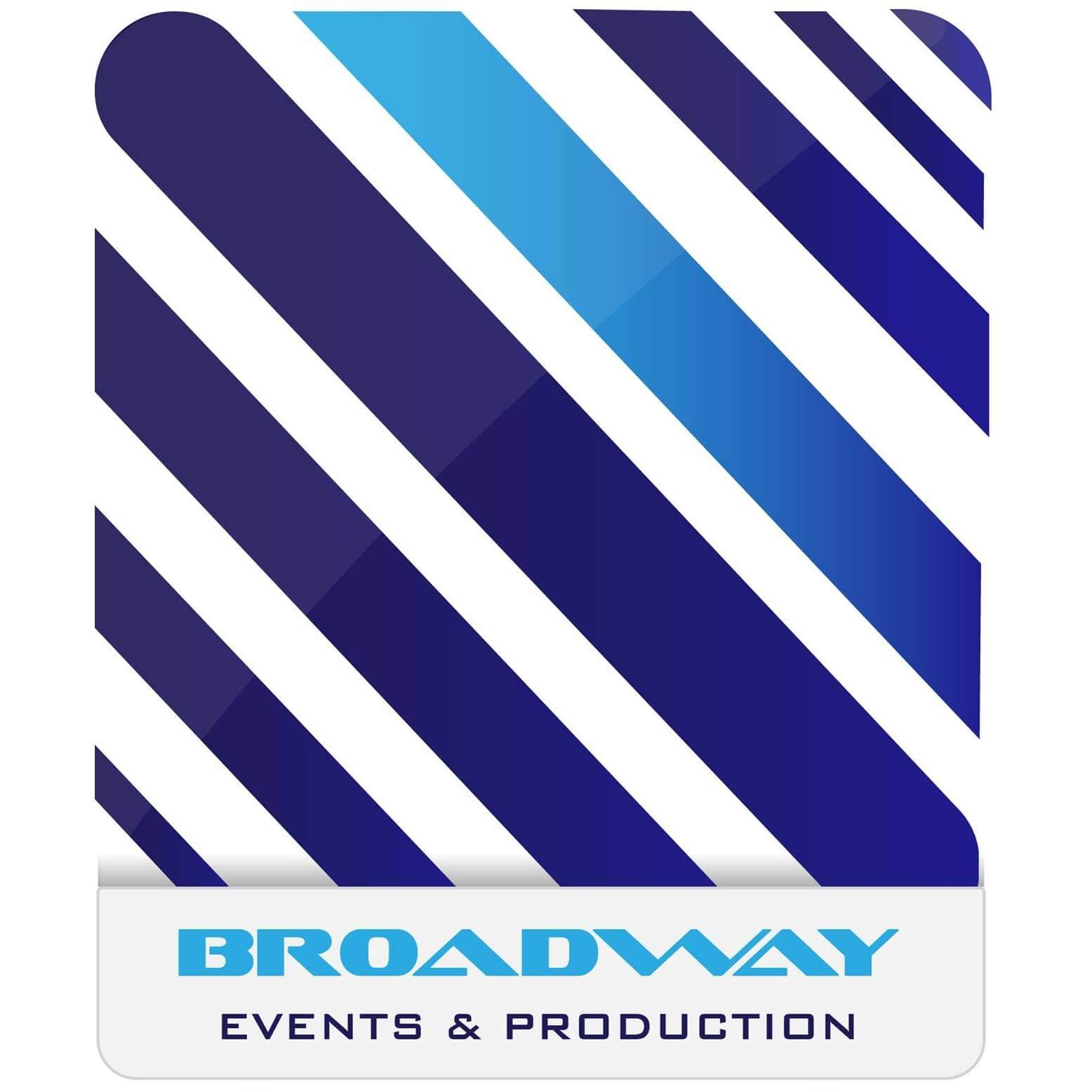
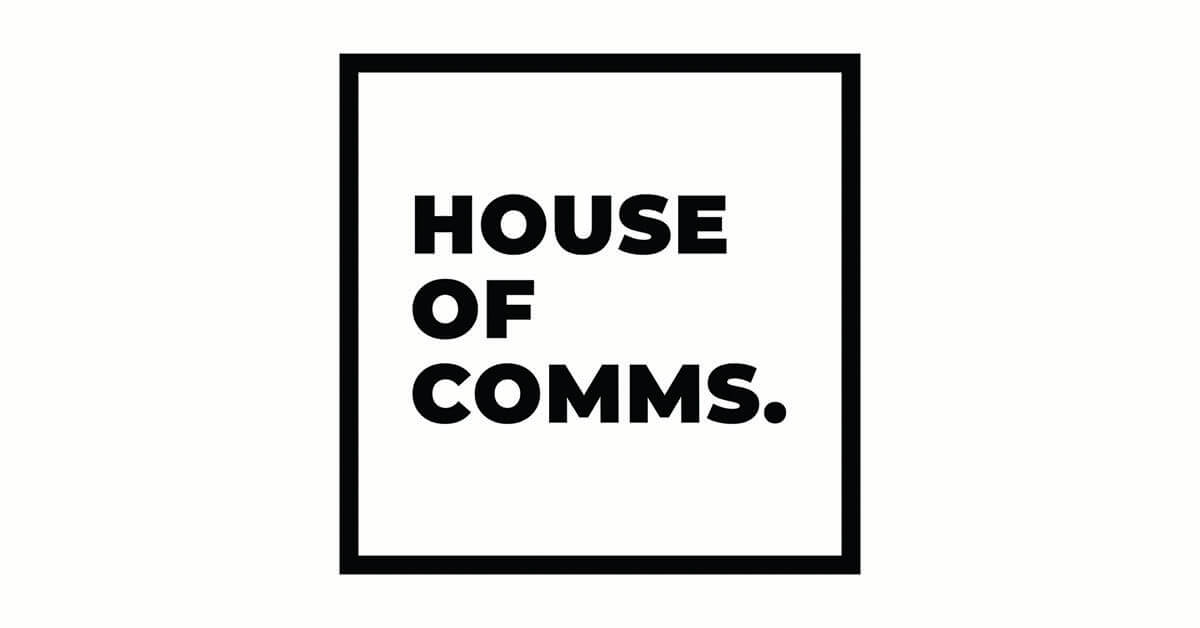
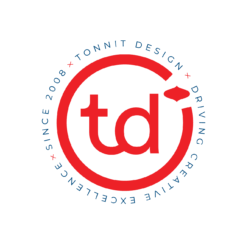









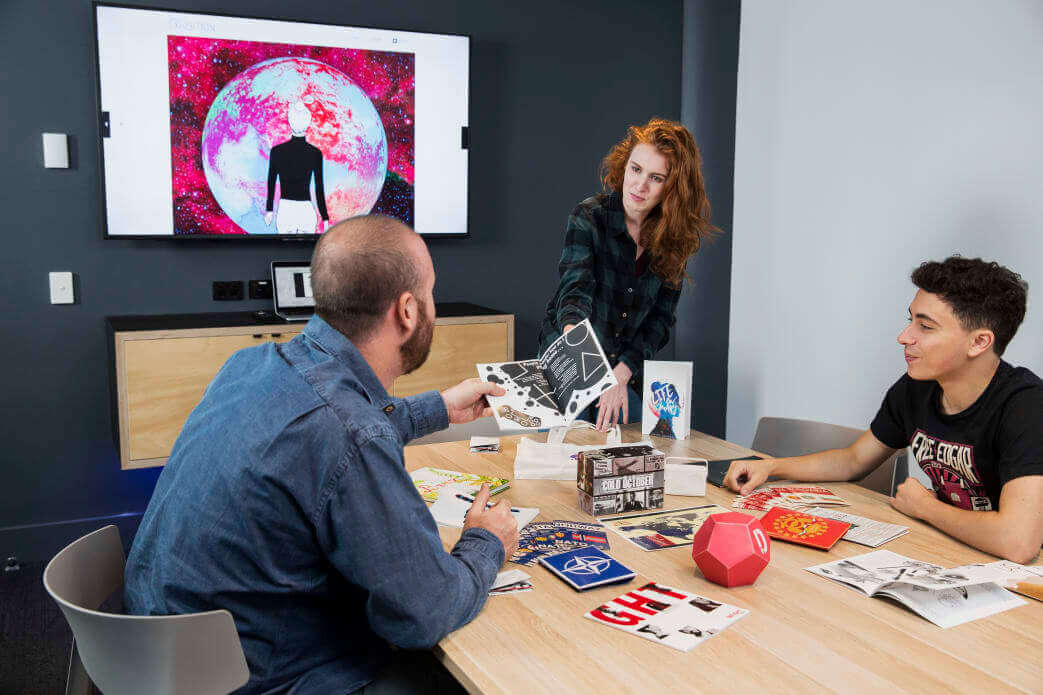
BACHELOR OF DESIGN CAREER OUTCOMES
What jobs will this course lead me into?
- Graphic designer
- Content manager
- Print and digital designer
- Social media designer
- UX designer
- UI designer
- Creative director
- Branding and identity designer
- Art director
